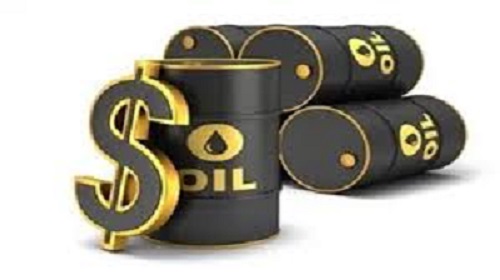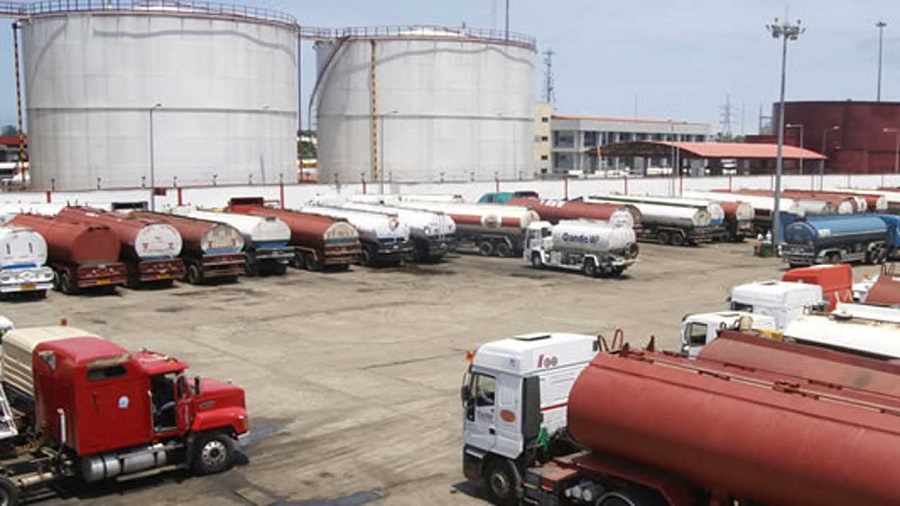Oil edged further above $65 a barrel on Friday as concerns about a possible renewed spike in Middle East tensions outweighed rising U.S. inventories and other signs of ample supply.
Iran responded to a U.S. drone strike that killed a top Iranian general on Jan. 3 with a missile attack on Iraqi air bases hosting U.S. forces that left no casualties. But a Revolutionary Guards commander said Iran would take “harsher revenge” soon.
“Hostilities may have ended for the time being, but the longer-term risks of conflict have by no means vanished,” said Stephen Brennock of oil broker PVM.
“Set against this backdrop, the threat of supply disruptions in the Middle East is very much alive.”
Brent crude LCOc1, the global benchmark, was up 24 cents at $65.61 by 1155 GMT, and was heading for its first weekly decline in six weeks, down over 4%. U.S. West Texas Intermediate crude CLc1 added 11 cents to $59.67.
Brent is still below where it was before the U.S. drone strike killed Iranian general Qassem Soleimani on Jan. 3.
“There has been some de-escalation, but the return of risk is still there,” said Olivier Jakob, oil analyst at Petromatrix.
“The closing hours of Friday are traditionally filled by short-covering due to the impossibility to react during the weekend.”
Still, there has been no disruption to Middle East production as a result of the flare-up in tensions and other indications this week suggest supply is ample.
Crude inventories in the United States rose last week by 1.2 million barrels, the U.S. Energy Information Administration said on Wednesday.
That compared with analysts’ expectations in a Reuters poll for a 3.6 million-barrel drop.
“There’s too much supply out there,” a Japan-based based oil executive told Reuters.
In a bid to tackle any build-up of excess supply, the Organization of the Petroleum Exporting Countries plus allies including Russia are embarking on a further cut in production as of Jan. 1 this year.
Industry surveys, including from Reuters, showed that OPEC output declined in December ahead of the new pact. Still, production remains higher than the forecast demand for early 2020, according to some analysts. [OPEC/O]
“The oversupply on the oil market is sizeable,” said Carsten Fritsch, analyst at Commerzbank.
Source: Reuters












